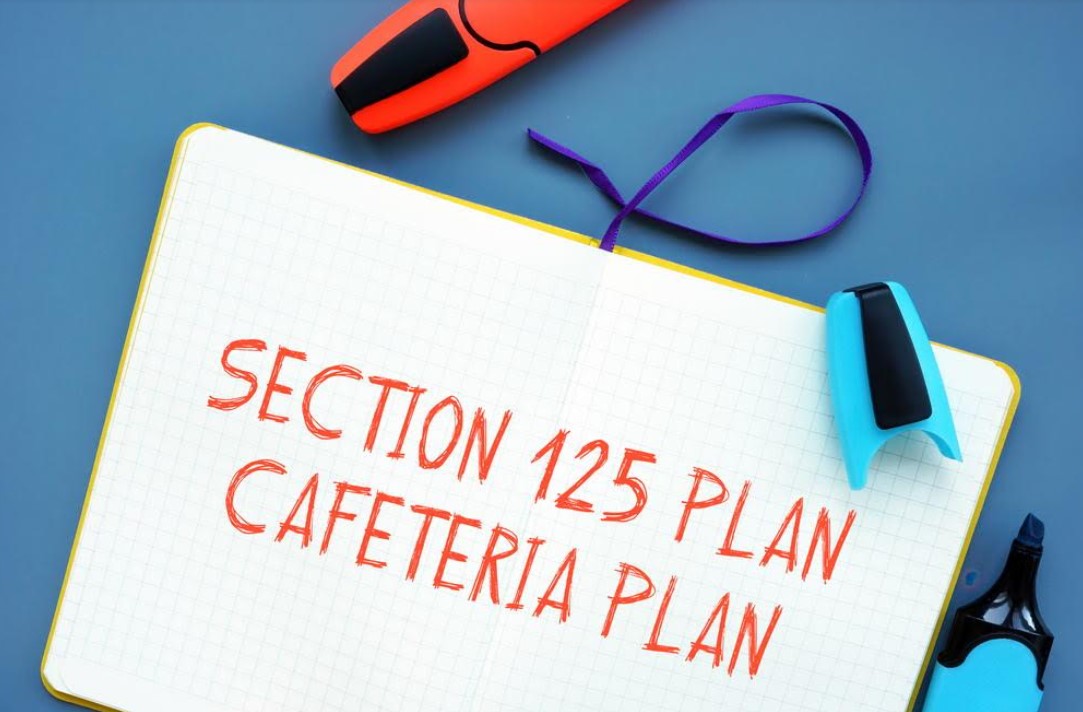
It seems like employers are always looking for ways to boost their benefits packages in order to make recruiting and retention easier. Most of the options they offer primarily benefit employees. But some options, like cafeteria plans, benefit both employer and employee equally. Those are the best options because they give employers the best of both worlds.
Cafeteria plans have been around for more than 50 years. But in 1978, Section 125 was added to the IRS Code. Its addition marked a significant change that actually encouraged employers to establish cafeteria plans. What was that change? Making employer contributions to such plans tax-free.
In a nutshell, both employer and employee contributions to cafeteria plans are made with pre-tax dollars. Contributed money does not count against an employee’s taxable income. That saves both the employer and employee money. Of course, there are other advantages depending on the type of plan you are talking about. Cafeteria plans can be anything from health savings account (HSAs) to premium only plans (POPs).
BenefitMall is a brokerage general agency based in Dallas, TX. Encouraging brokers to offer employers cafeteria plans is par for the course at BenefitMall. They say the plans have three beneficial quirks that make them an easy sell:
1. They Equal a Pay Raise
The primary employee benefit of a cafeteria plan is tax savings. A fictional scenario found on the Core Documents website explains it simply enough. Imagine an employee with an annual salary of $50,000. His health insurance premium is $5,000 annually. Without access to a cafeteria plan, his annual taxable wages equal $50,000. He pays $6,900 in federal income taxes and $3,825 in FICA, leaving him a total of $34,275 in net pay.
Now give that same employee a cafeteria plan that he uses to pay his entire annual health insurance premium. Now his taxable income is just $45,000. His income taxes amount to $5,800 while he pays $3,443 in FICA. His income after taxes is $35,757. In essence, his cafeteria plan equals a $1,482 pay raise. More money goes into his pocket because he is paying less in taxes.
2. Employers Save Through Volume
Employers benefit from cafeteria plans because they pay their worker’s compensation premiums and payroll taxes based on a percentage of employee taxable income. Contributing to cafeteria plans reduces taxable income. Therefore, for every employee enrolled in a cafeteria plan, the employer saves money. Greater savings are achieved through volume.
This encourages employers to not only set up cafeteria plans, but also to enroll as many employees as possible. The higher the volume of participants, the greater the savings.
3. Cafeteria Plans Pay for Themselves
Whether an employer establishes a cafeteria plan through a general agency like BenefitMall, a payroll company, or even an accounting firm, there are costs involved. But when you consider the fact that a company saves money on both payroll taxes and its own taxable income, it becomes clear that the plans pay for themselves.
Cafeteria plans are relatively cheap to set up and manage. By contrast, companies can save anywhere from tens of thousands to hundreds of thousands of dollars. The savings far out way the comparatively small amount they might spend to offer cafeteria plans.
I sometimes wonder how many employees participate in cafeteria plans without fully understanding how they work. The plans are a no-brainer as far as I’m concerned. Any company that has an opportunity to set one up really should. Covering health expenses with pre-tax dollars benefits everybody but the IRS. There is nothing at all wrong with that.
